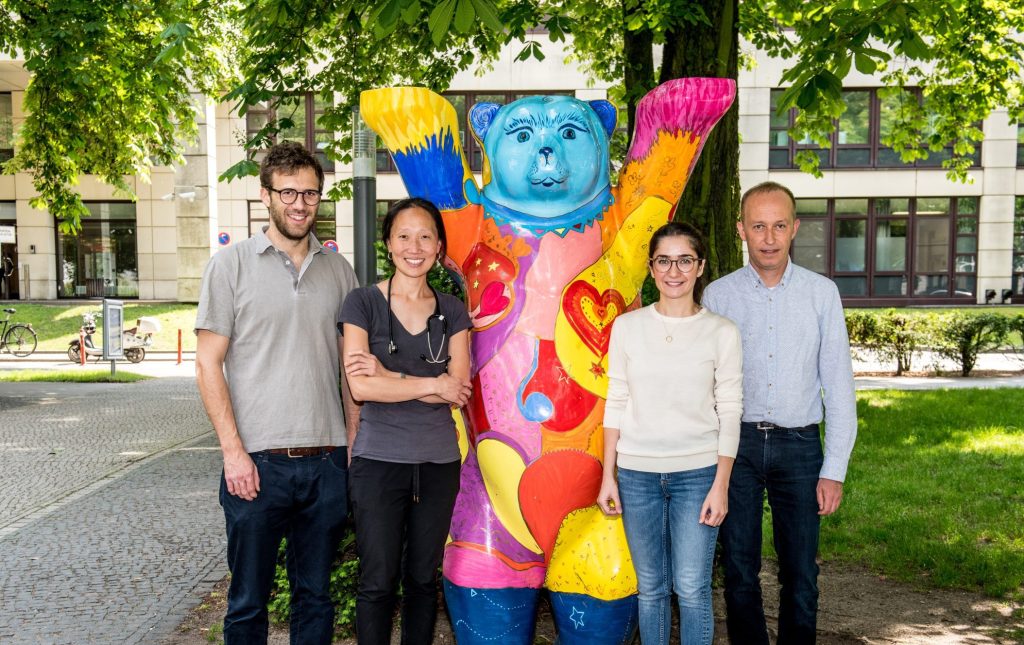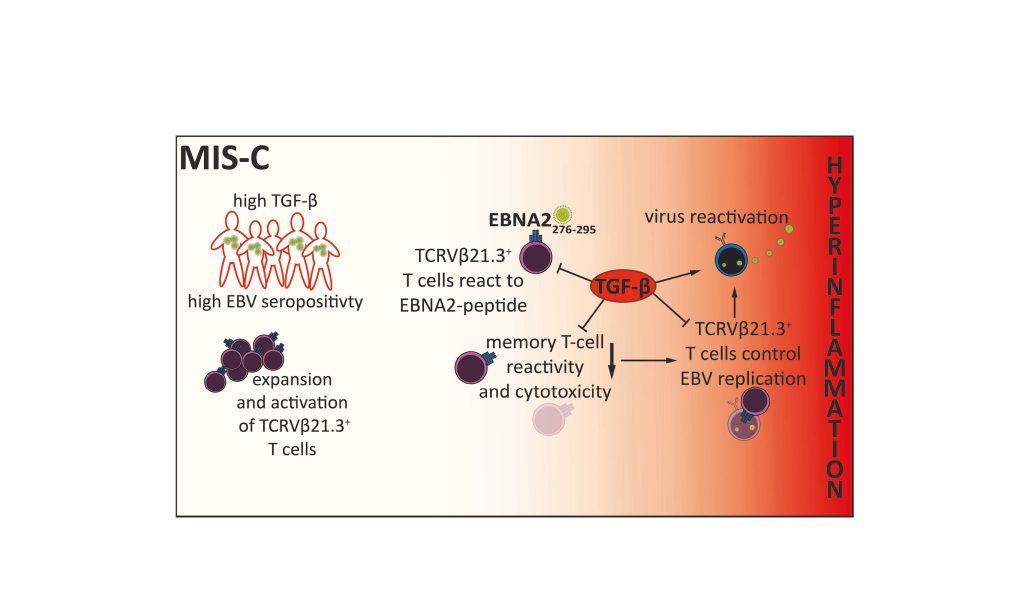
Prof. Dr. med. Tilmann Kallinich
Programme Area 3, PA 3 – Systems Rheumatology
Group leader: Chronic inflammation in childhood
Liaison working group with Charité - Dep. of Pediatric Respiratory Medicine, Immunology and Critical Care Medicine
Scientific Background
since 2023
Professor, Charité University Medicine Berlin
since 2023
Principal Invesitigator, Deutsches Zentrum für Kinder- und Jugendmedizin
2019 – 2023
Fellowship of the Berlin Institute of Health
since 2019
Leader of the Liason Group “Chronic inflammation in childhood”, Deutsches Rheuma-Forschungszentrum – ein Institut der Leibniz Gemeinschaft, Berlin
01/2010
Habilitation and Venia legendi: “Autoinflammatory monogenic diseases in children and adolescents: new aspects in clinical presentation, diagnostic and therapy”
08/1997
Promotion zum Dr. med., grading „summa cum laude“
02/2019
Board examination in Pediatric Pneumology
03/2010
Board Examination in Pediatric Rheumatology
05/2007
Board examination in Pediatrics
1989 – 1997
Study of Medicine at Eberhard-Karls-Universität, Tübingen and Humboldt-Universität zu Berlin, Studies of immunology and Biochemistry at The University of Massachusetts / Amherst, U.S.A. Doctoral thesis Characterisation of an Apoptosis-associated Gene, Labor Prof. Dr. B. Os borne, Amherst
since 2010
Consultant and Head of Section for Pediatric Rheumatology, Charité University Medicine Berlin
since 1999
Fellowship at the Children´s Hospital Charité, Department for Immunology and Pneumology
1997 – 1999
Postdoctoral fellowship at the Department of Molecular Immunology, Robert Koch-Institut, Berlin
Gesellschaft für Kinder- und Jugendrheumatologie
Deutsche Gesellschaft für pädiatrische Infektiologie
Pediatric Rheumatology European Society
2019 – 2023
BIH Fellowship
TOP PUBLICATIONS

- For patients
- Publications
EBV reactivation as a key mechanism of MIS-C after SARS-CoV-2 infection
Why children become seriously ill weeks after a Covid-19 infection and how they can be cured Researchers from Dr. Mir-Farzin Mashreghi’s group from the German…
EBV reactivation as a key mechanism of MIS-C after SARS-CoV-2 infection